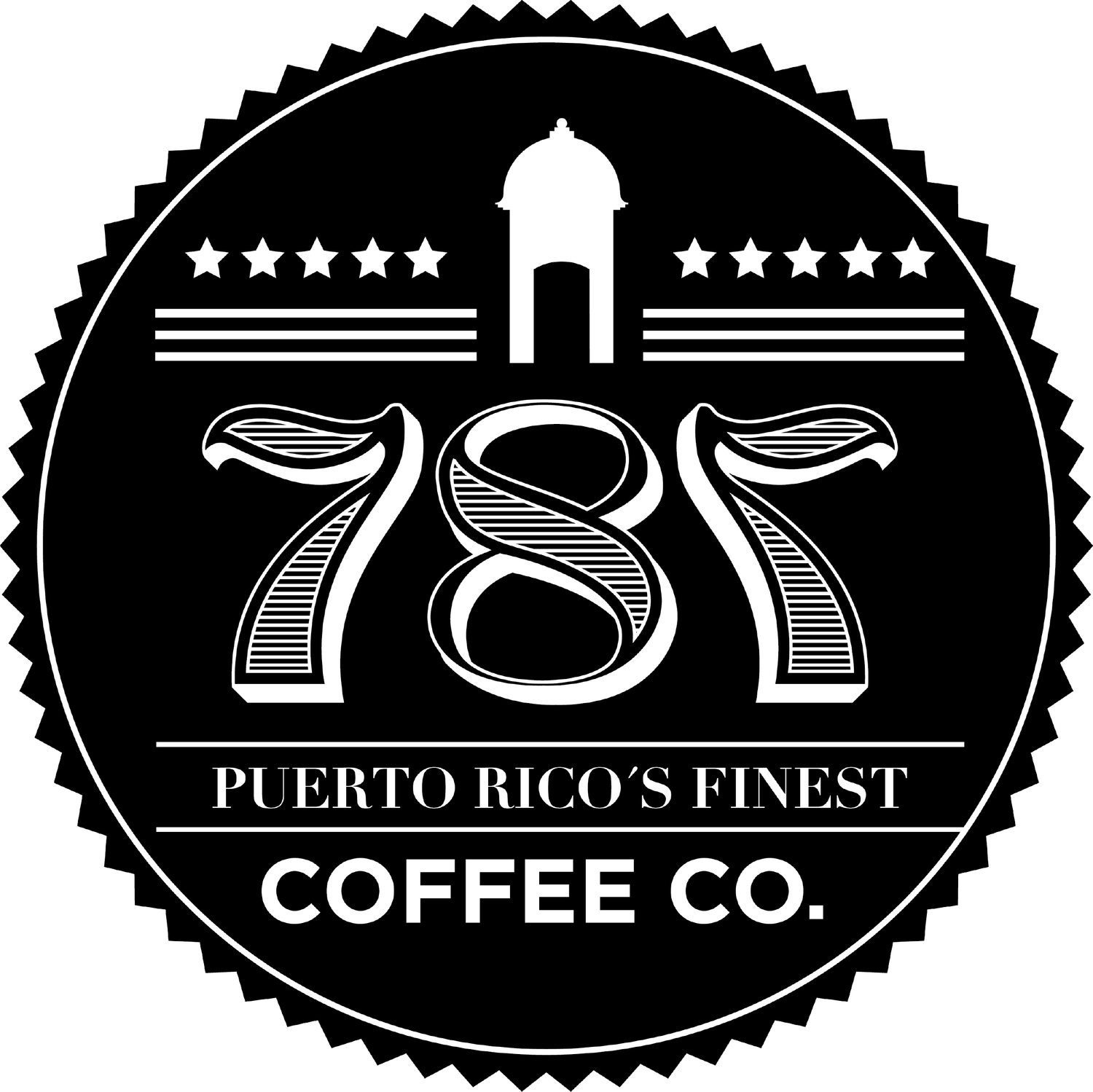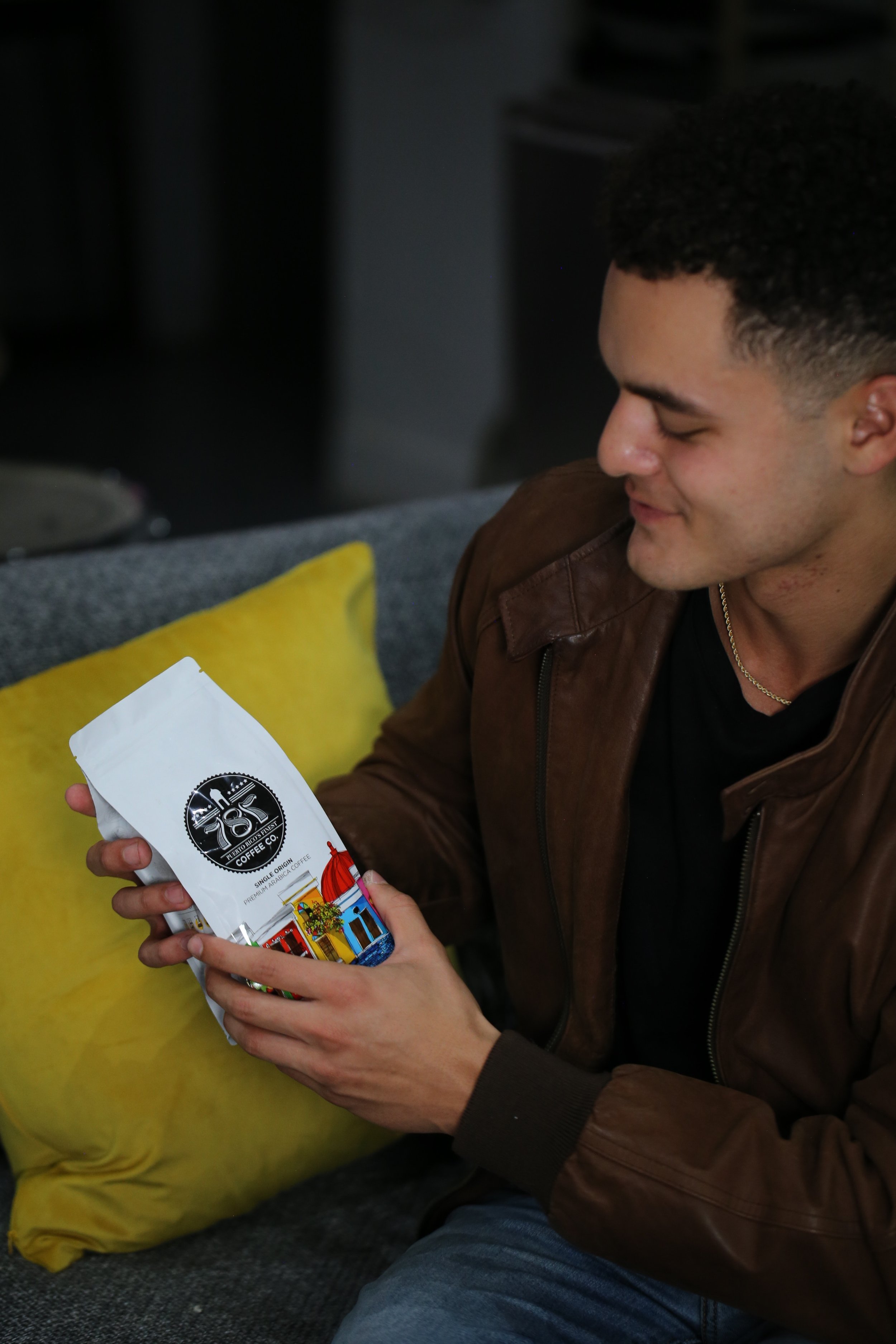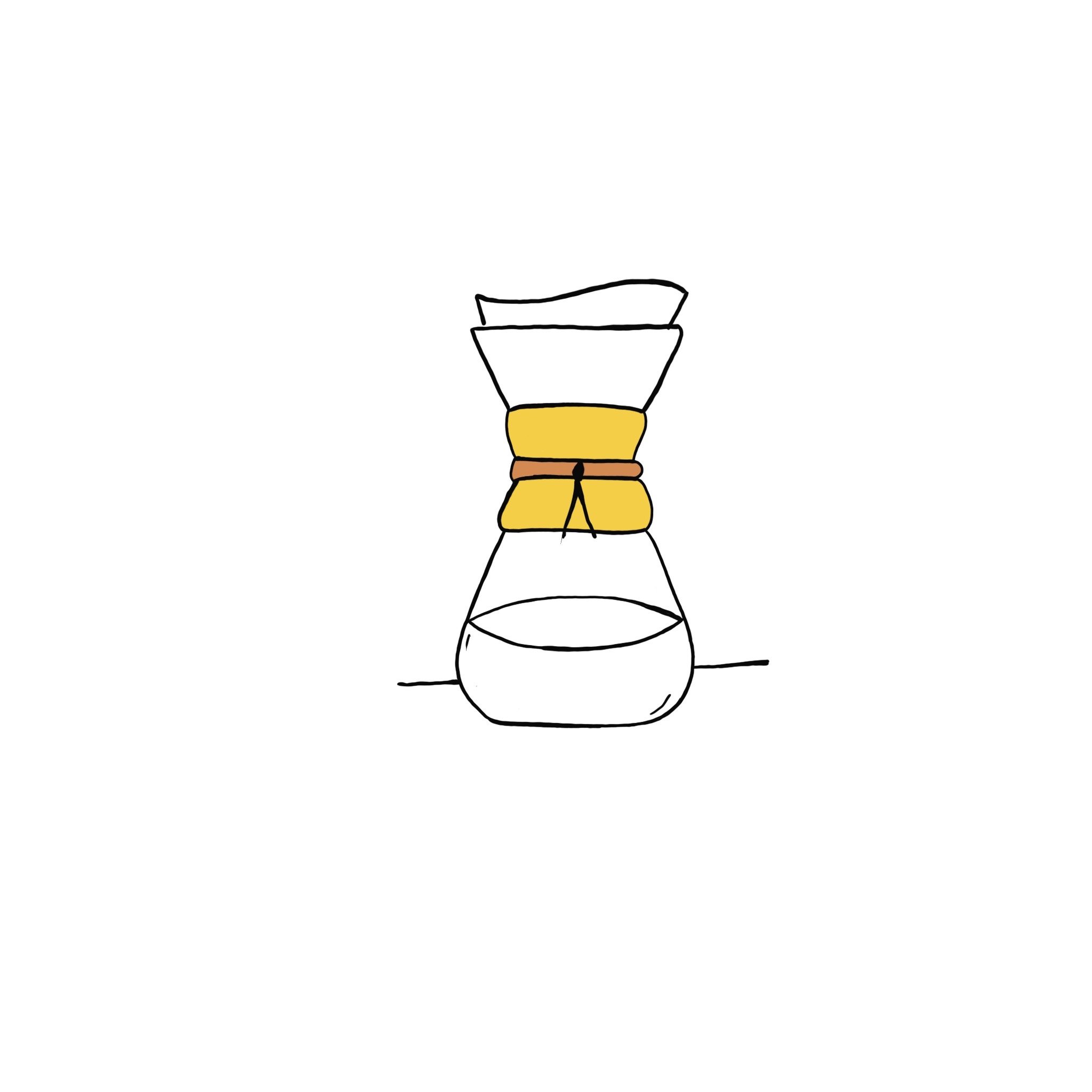What is a Pour Over
Everything You Need to Know About a Pour Over
Coffee is a staple beverage for many caffeine lovers. People drink coffee for different reasons, to begin their day, to stay awake, or just because they love the taste. Whatever their reasons may be, it’s a fact that coffee is an essential part of our daily routines. Pour over coffee brewing has become one of the most popular brewing methods in recent years. It is a new approach to making coffee that is intriguing and you might have seen it or tried it at a local cafe. This brewing method requires practice and precision, but the outcome is rewarding. In this coffee blog, we will be discussing what pour over coffee is, why it matters, the equipment required, and how to make it.
What is a Pour Over Coffee – The Art Behind the Brew
A pour over coffee is a method of brewing coffee where water is poured over the coffee grounds in a manual and controlled stream. The pour over method is a slow and gentle way to extract the flavor of coffee. It is different from the traditional drip coffee method, where the coffee maker does all the work from grinding, measuring, and running the machine. Pour over coffee is all about the art and the process of the brew.
Some of the benefits of pour over coffee brewing include getting a rich and flavorful cup of coffee. The slow and gentle pour-over process of brewing ensures a smooth, bold, and aromatic coffee experience. The process of watching the pour-over coffee is also part of the fun. Watching the different coffee hues and watching the water move through the coffee bed is quite mesmerizing.
To start, a few things are needed to make your pour over coffee. You’ll need a pour-over coffee maker, a paper filter, freshly roasted coffee beans, a grinder, and hot water. Understanding the right grind size and water temperature is essential to making a delicious cup of coffee. If the grind is too coarse or too fine, the coffee will be over-extracted or under-extracted, leading to a weak or bitter flavor. The water temperature should be around 195-205 degrees F, which is ideal for the coffee grounds to steep with a pleasant taste.
Below you will find a simple guide on how to make a pour over coffee at home.
How to make a Pour Over at home?
Boil 16 ounces of water using a coffee kettle, and let it cool for a few minutes until it reaches around 200°F.
Unfold a paper filter and place it into the pour over cone ( we love using v-60 & Chemex) but there are many cones.
Preheat your mug by pouring some hot water into it.
Place the pour over cone onto the mug, and weigh out 2 tablespoons of coarsely ground coffee using a coffee scale.
Slowly pour the hot water over the coffee grounds in circular motions, starting at the center and working your way outwards.
Pause briefly to let the coffee grounds bloom, releasing carbon dioxide and other gasses trapped within the beans. (30 secs)
Continue pouring the hot water over the coffee, working in a circular motion until the mug is filled with coffee.
Dispose of the used coffee grounds and paper filter, and enjoy your freshly brewed pour over coffee.
Note: Experiment with different coffee beans and grind sizes to find the perfect combination for your taste buds. Adjust the amount of water and coffee to your preferred strength, and consider adding a splash of milk or sugar if desired.
Tag 787 Coffee on social media. We would love to feature your coffee on Instagram stories!
History of the Pour Over
The pour-over method is one of the oldest and most traditional ways of making coffee, dating back to the early 20th century. The method was first invented in Germany, and it quickly gained popularity throughout Europe and North America.
The pour-over brewing method involves slowly pouring hot water over a bed of coffee grounds, allowing the water to extract the coffee's flavor and aroma. The resulting coffee is bright, clean, and full of flavor, with a nuanced taste that isn't found in other brewing methods.
The pour-over method continued to gain popularity throughout the 20th century, with specialized pour-over coffee makers becoming more widely available. Today, pour-over coffee is well-regarded among coffee connoisseurs and is enjoyed in specialty coffee shops and homes around the world.
In recent years, the pour-over method has experienced a resurgence in popularity with the rise of third-wave coffee and artisanal coffee shops. Many coffee enthusiasts believe that the pour-over brewing method is the best way to highlight the unique flavor profiles of specialty coffee beans.
The pour-over method is simple, flexible, and perfect for coffee lovers who want to experiment with different brewing variables to create their perfect cup of coffee. It allows for precise control of variables such as water temperature, brewing time, coffee to water ratio, and grind size, making it an excellent choice for coffee enthusiasts looking to hone their barista skills.
De Puerto Rico Pal’ Mundo!
Find a 787 Coffee near you or support your local coffee shop. It makes a difference!
Google: 787 Coffee — Support local.
When you Visit Puerto Rico come to our coffee farm and learn how coffee is grown, processed and Roasted.
There are several types of brewers that can be used for the pour-over brewing method. Here are a few common examples:
Hario V60:
This Japanese pour-over brewer is a favorite among coffee professionals. It has a conical shape and ridges on the interior to help with water flow and extraction. The V60 comes in ceramic, glass, or plastic, and is available in a range of sizes.
Chemex:
The Chemex brewer is a classic and elegant pour-over option with a distinctive hourglass shape. It is made of glass and uses a special paper filter that results in a clean and clear cup of coffee. The Chemex can brew up to 10 cups of coffee at a time.
Kalita Wave:
The Kalita Wave brewer has a flat bottom and three small holes in the base that allow for a consistent, even extraction. It comes in ceramic, glass, or steel, and is known for producing a sweet and balanced cup of coffee.
Clever Dripper:
The Clever Dripper is a hybrid of a pour-over and a French press. It has a valve that releases the coffee once it has steeped for the desired time, resulting in a full-bodied and flavorful cup of coffee.
Aeropress:
The Aeropress is a unique and versatile brewer that uses air pressure to force water through the coffee grounds. It produces a strong and bold cup of coffee with low acidity. It is made of plastic and is known for its portability and ease of use.
Each pour-over brewer has its own unique characteristics and strengths, allowing coffee enthusiasts to experiment and find their favorite brewing method.
Conclusion:
Pour-over coffee brewing is not only a process but it's an art that requires patience, precision, and experience. The pour over coffee method has become popular among coffee lovers because it's a slower method that preserves the coffee's flavor and aroma with a rich coffee experience. It requires the right equipment such as a ceramic dripper, a gooseneck kettle, and fresh coffee beans. With a bit of practice, anyone can make a pour over coffee at home and enjoy the rich and diverse coffee flavors at their leisure.
Stay Caffeinated and subscribe to our weekly coffee newsletter!







